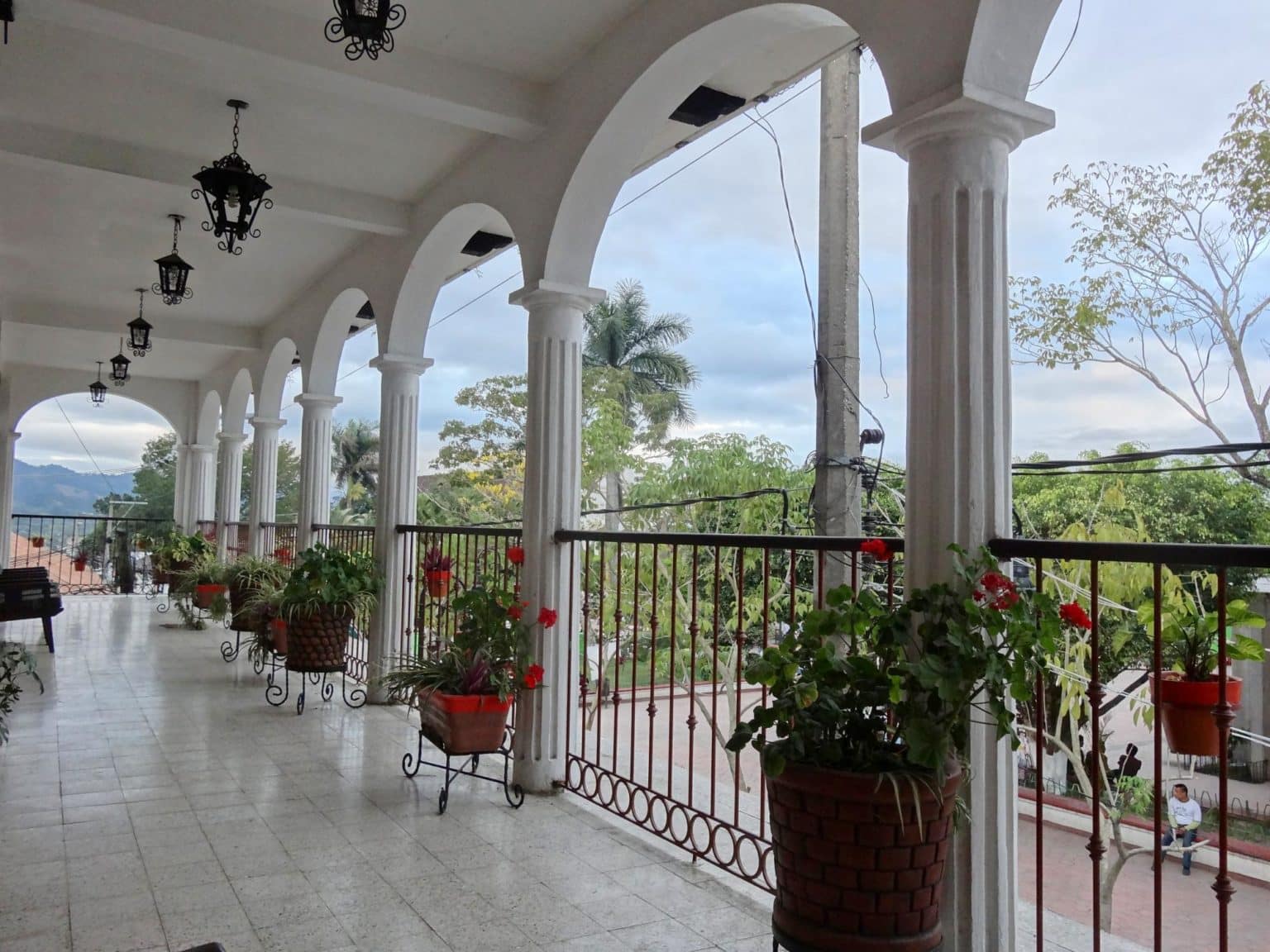Culture in Chiapas
Chiapas is a state of extraordinary beauty and cultural richness, which can be seen in its vast natural resources, in the richness of its ethnic roots and in its impressive archaeological and colonial heritage, as well as in its many artistic and artisanal expressions.
The conservation, dissemination and study of this rich heritage, the heritage of all Mexico, has taken on increasing importance in recent years, as the region has promoted the foundation and initiation of various projects that contribute to the dissemination of its precious cultural heritage.
Thus, for example, there are archaeological museums in Chiapas such as the one at the Toniná site in the Ocosingo Valley, which has a large collection of beautiful sculptures and pieces of pottery, jade, shells and bones, which give us a brilliant view of what this site was like in its time of splendour.
Other museums in Chiapas, such as those in Palenque, Soconusco, Comitán and Tonalá, contribute to the great task of disseminating cultural heritage, allowing locals and foreigners alike to appreciate the properties in their local context, thus facilitating the understanding of pre-Hispanic remains and their environment, integrating material and informative elements and other museographic supports on the cultures that inhabited the different regions.
The Regional Museum of Chiapas, opened in 1984, is of great importance. It is housed in a monumental building built specifically to house the archaeological and historical assets of Chiapas. In addition, among the museums in Comitan, we can mention the one dedicated to the famous politician Don Belisario Dominguez, and the Hermilia Dominguez de Castellanos, which exhibits beautiful artistic expressions by national painters.
It is necessary to mention those founded inside the former convents, where a strong work of evangelization was developed in a crucial way by the Dominican friars; such as the one in Tecpatán, the former convent of Las Mercedes in San Cristóbal de Las Casas, and the one in Santo Domingo in Chiapa de Corzo, the latter recently restored and reopened to the public as a cultural centre. Here you will discover magnificent indigenous crafts from the region and a magical architectural world in the building.
The participation of the communities and their link with the past, in which their roots, symbols and values are recognized and recreated, has led to the creation and permanence of community museums in which the communities themselves contribute their work, time and resources, promoting the expression of their identity with the sole aim of keeping their culture alive.
The cultural life of the State of Chiapas is an important mission, for it is one in which many hopes can be placed that will lead us to a better understanding of the lives of its inhabitants, understanding of course the lives of their ancestors, of those who forged great cities in the middle of nowhere and in the very heart of a jungle that seems to devour everything, and who were in turn devoured by a handful of ambitious men who conquered them with a cross and a sword before them.
The life of this state and its people can be read in its museums, in every room, in every archaeological piece, in every sculpture and in every craft, cultural and daily expression that can tell us about a glory that, fortunately, still lives deep in every Chiapas.
